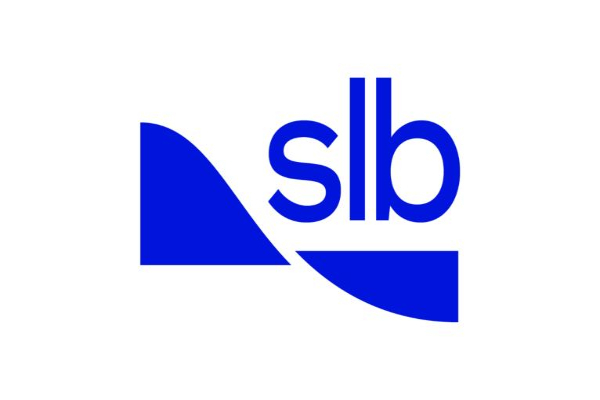New methodology simplifies carbon storage site selection and evaluation by quantifying well integrity risk

SLB today launched a well integrity assessment solution that helps carbon storage developers quantify the risks associated with wells at prospective storage sites with previous drilling activity.
Carbon capture, utilization and storage (CCUS) provides one of the most immediate opportunities for reducing emissions. Establishing secure storage sites is essential to enabling growth of CCUS and creating a low carbon energy ecosystem. SLB’s new methodology for quantifying the probability and potential impact of carbon leakage helps customers understand the risks associated with each well, informing remediation strategies and ultimately estimating the project's long-term viability.
“The significance of the risks associated with each well and the costs of remediation to mitigate leakage risks can make a project economically unfeasible,” said Frederik Majkut, senior vice president of Industrial Decarbonization, SLB. “By addressing potential well integrity issues early in the development process, SLB’s well integrity assessment solution can help storage developers avoid costly delays or operational disruptions, and drive companies toward their net zero ambitions.”
Many prospective carbon storage sites are located in either mature or retired oil and gas fields. Having a large number of wells at a site can increase the risk of potential leakage pathways for the stored carbon.
Leveraging almost 100 years of expertise in well construction and intervention, SLB's well integrity assessment solution incorporates advanced failure mode effect and criticality analysis (FMECA) to assess potential leakage pathways, well barrier, failure mechanisms and resulting consequences. Using advanced multi-physics 3D modeling, SLB can assess the volume and flow rates of brine and carbon leakage over time to better estimate risk.
Subscribe to our newsletter & stay updated.